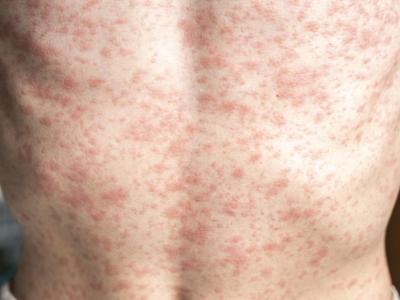Another MERS case reported in Saudi Arabia
Saudi Arabia reported another MERS-CoV (Middle East respiratory syndrome coronavirus) case today, the second in 2 days, following a 13-day spell without any cases.
The new case involves a 52-year-old Saudi woman in Dammam, the same location as the case reported yesterday in a 60-year-old man. The new patient, who is not a healthcare worker, is hospitalized and has a preexisting disease, the Saudi Ministry of Health (MOH) said.
The MOH statement did not indicate whether the woman has any connection to the 60-year-old man, nor did it give any other details about her.
The new illness lifts Saudi Arabia's MERS count to 725 cases, including 301 deaths, 399 recovered patients, and 25 patients still in treatment.
Aug 26 Saudi MOH statement
MOH MERS page with case count
Study: Lab cats can contract equine flu virus H3N8
Ten years ago the equine influenza virus (EIV) A/H3N8, a common cause of respiratory infections in horses, turned up in dogs. Now Chinese researchers report that domestic cats in a lab setting are susceptible to the same virus and can spread it to other cats.
Writing in Emerging Infectious Diseases, the researchers report that they inoculated six cats intranasally with H3N8. A day later, they placed five pathogen-free cats in the same cages, and they kept three other cats in a separate room to serve as controls.
Both the inoculated cats and the contact cats became infected, as evidenced by typical signs of influenza, virus shedding, and histopathologic changes in the trachea and lungs, the report says. Clinical signs of illness developed from 2 to 9 days after infection in the inoculated cats and from 4 to 9 days after infection in the contact cats, but the illness was less severe in the contact cats. The control cats showed no evidence of infection.
The authors said it's not surprising that the cats became infected, since feline infections with various influenza A viruses have been reported before.
"However, our finding of horizontal transmission of EIV among cats is significant," they added. "If transmission occurs outside the laboratory, and if the basic reproduction rate is higher than 1.0, then EIV could potentially establish itself and circulate in this new host species."
Why cats, unlike dogs, have not been infected naturally by H3N8 remains to be determined, but it could be because of lower transmission efficiency or feline behavior, the authors wrote.
Aug 26 Emerg Infect Dis study
WHO: Flu activity rising in the Southern Hemisphere
Influenza levels continue to increase in the Southern Hemisphere, but with different viruses predominating in different regions, the World Health Organization (WHO) said yesterday in a global flu update.
H3N2 was the most frequently detected virus in South Africa and South America, though some countries in South America are also seeing the 2009 H1N1 virus circulate. Australia and New Zealand are experiencing predominantly 2009 H1N1 activity. Australia reported lower overall activity levels than last season, consistent with expected seasonal patterns. In New Zealand, clinic visits for flulike illness are running slightly above the seasonal baseline.
In North America, flu activity is at interseasonal levels, with activity in Mexico at levels higher than expected, with influenza B as the main virus. Though tropical parts of the Americas and the Caribbean reported low levels of flu, several countries reported increasing circulation of influenza B.
Flu in southern China is decreasing but is still high compared with earlier years. The H3N2 strain has been predominant. Low flu activity was reported in most other parts of the world.
Globally, analysis of flu viruses detected from late July through early August showed that more than 90% were influenza A and that 83% of the 3,170 subtyped influenza A samples were H3N2. Of the 39 influenza B viruses subtyped, 37 (95%) belonged to the Yamagata lineage, the lineage recommended for the Northern Hemisphere's trivalent influenza vaccine.
Aug 25 WHO global flu update










